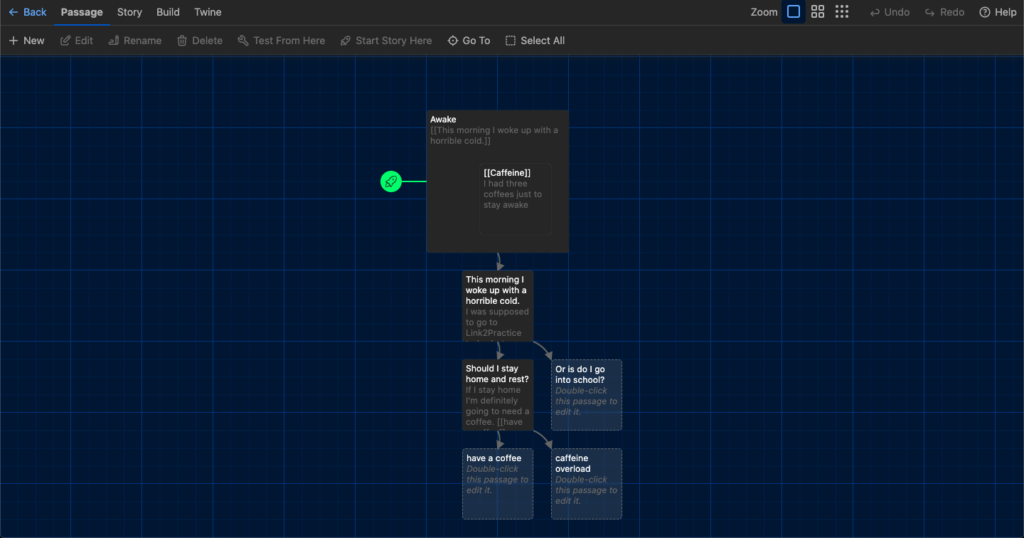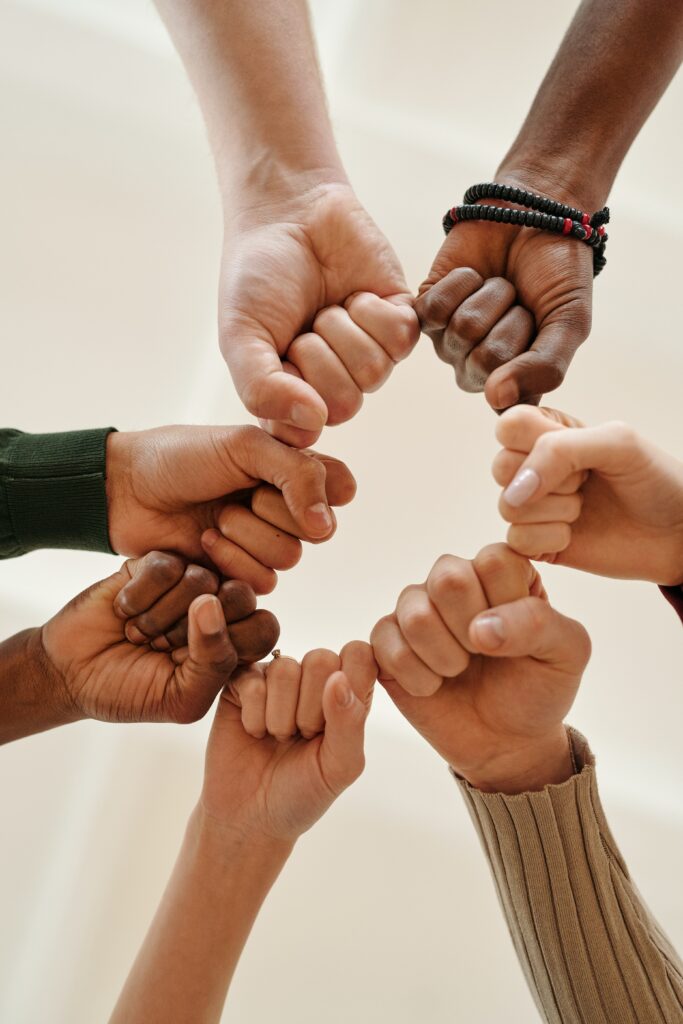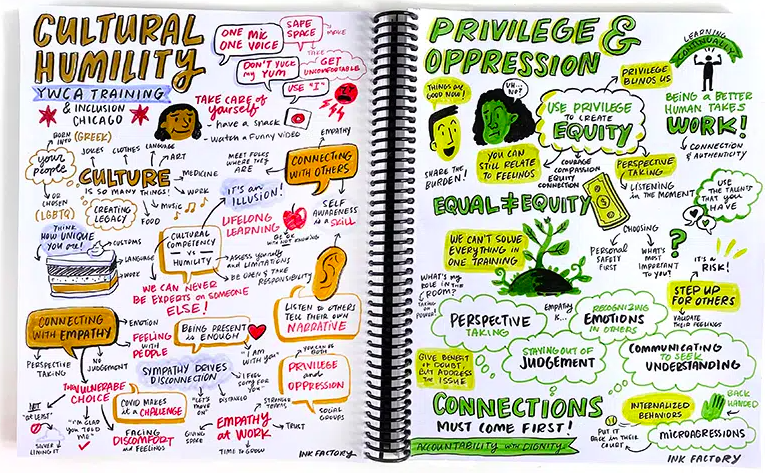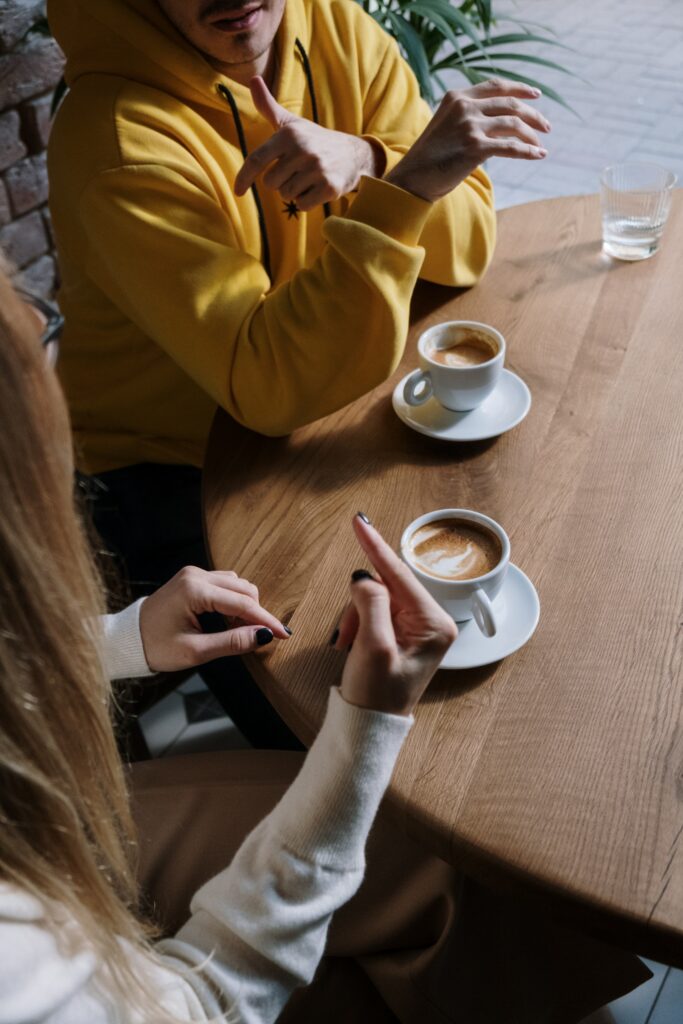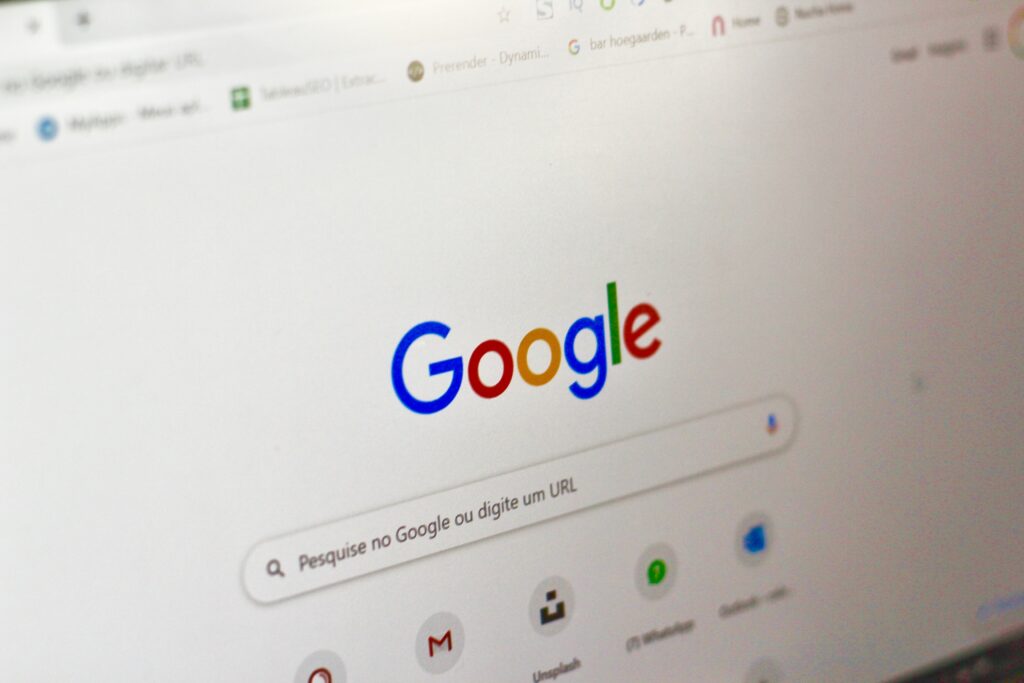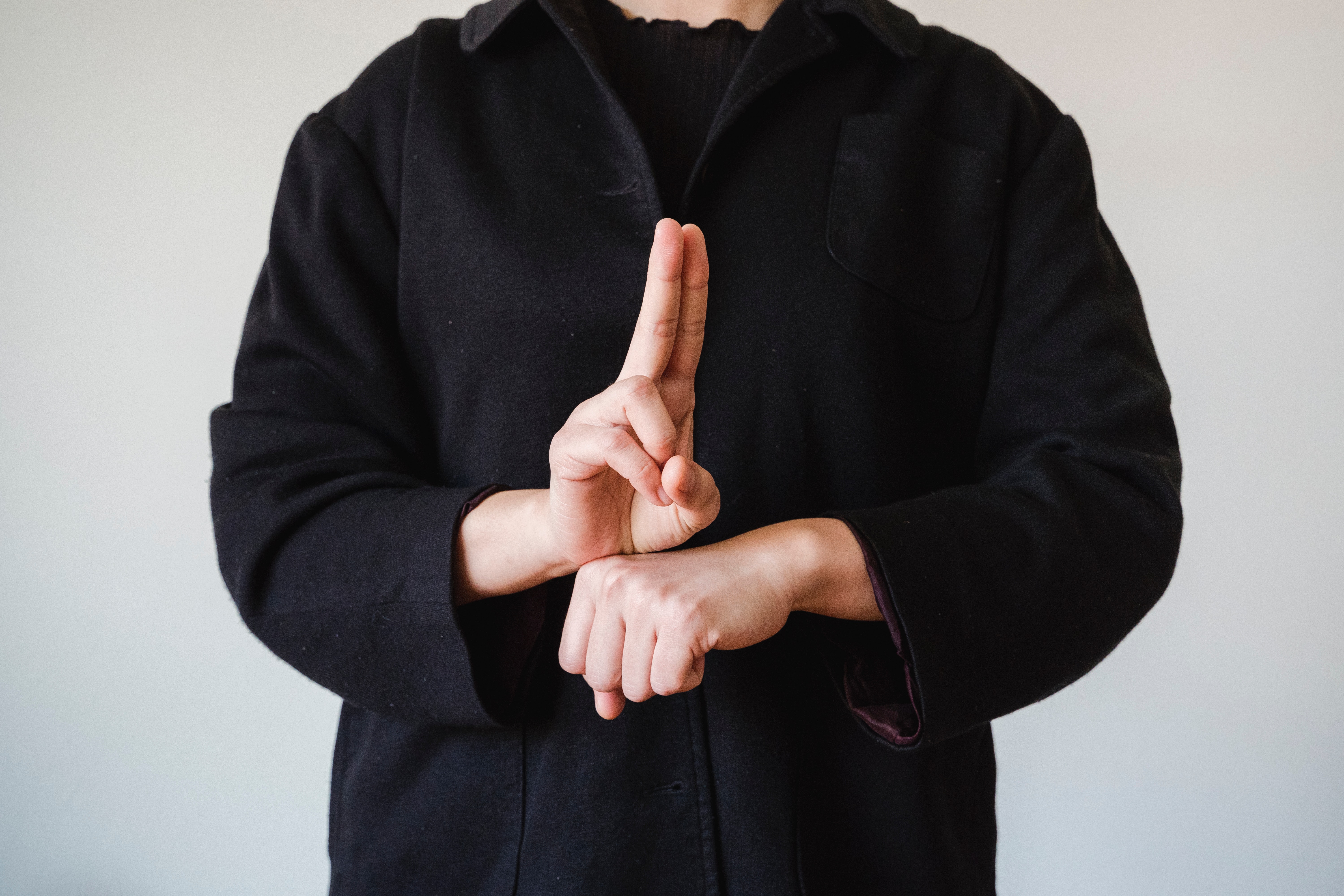From my exploration of ASL on the internet I have been surprised by the number of “covers” or “translations” in music! Many TikTok and Instagram users post videos of themselves translating their favourite songs.
This is a goal of mine for the end of the semester. Translate a song! First I went through some of the accounts that I enjoyed:
Here is another one:
I like this clip because it is not the type of vernacular I have been learning through my online websites! The best way to learn how to properly speak is from the people. I learned this same principle when I moved to France. What you learn in schools is not what you hear on the streets.
Now all I have to do is pick which song I want to translate and then figure out which words I need to learn! I’m thinking I’ll pick “Picture” by Kid Rock and Sheryl Crow, a classic.
Here are the lyrics I’m looking to translate:
Living my life in a slow hell
Different girl every night at the hotel
I ain’t seen the sunshine in three damn days
Been fueling up on cocaine and whisky
I wish I had a good girl to miss me
Lord, I wonder if I’ll ever change my ways
I put your picture away
Sat down and cried today
I can’t look at you while I’m lying next to her
I put your picture away
Sat down and cried today
I can’t look at you while I’m lying next to her
Here is a video so you can take a listen!
In my attempt to find out how to sign “every day” ASL, meaning the day to day street vernacular, I stumbled upon a website showing me how to sign the meaning “every day”
https://www.lifeprint.com/asl101/pages-signs/e/everyday.htm
It includes a video of the sign, a picture of the sign, example sentences, and other angles! This will be a great resource in my translation of music!
See you Next Week!
